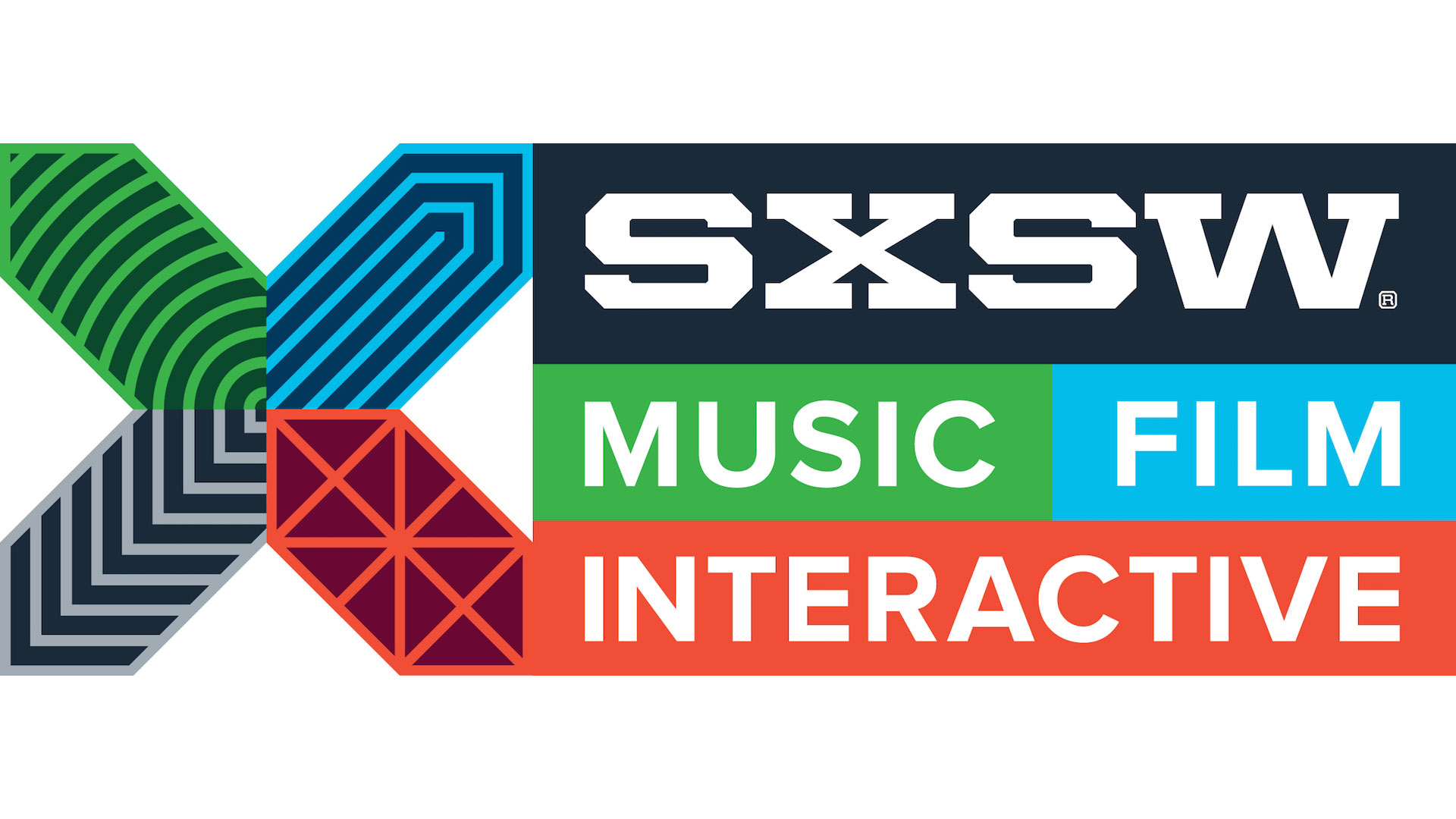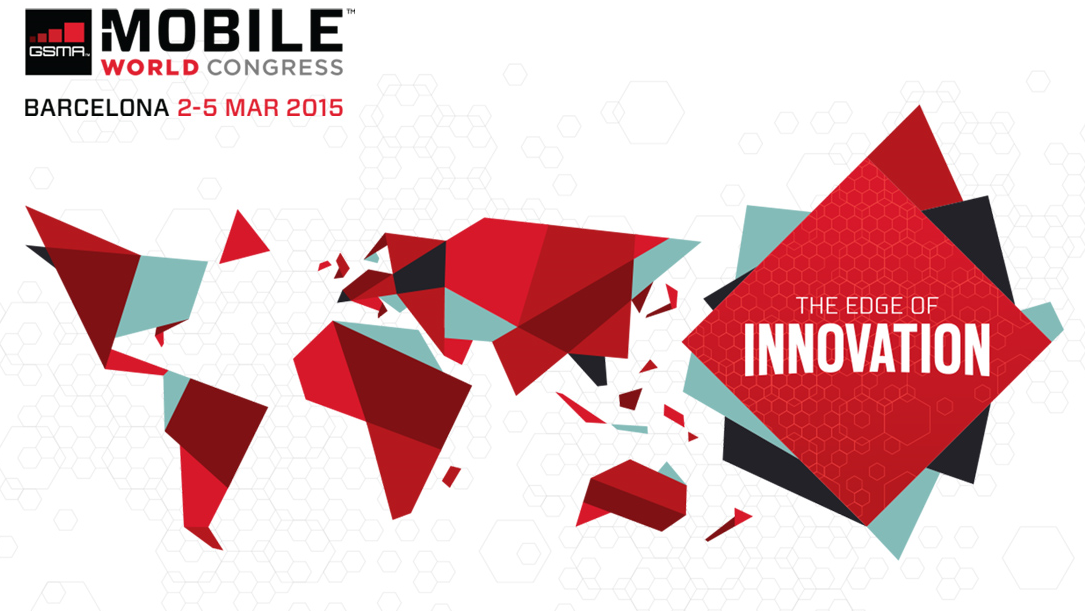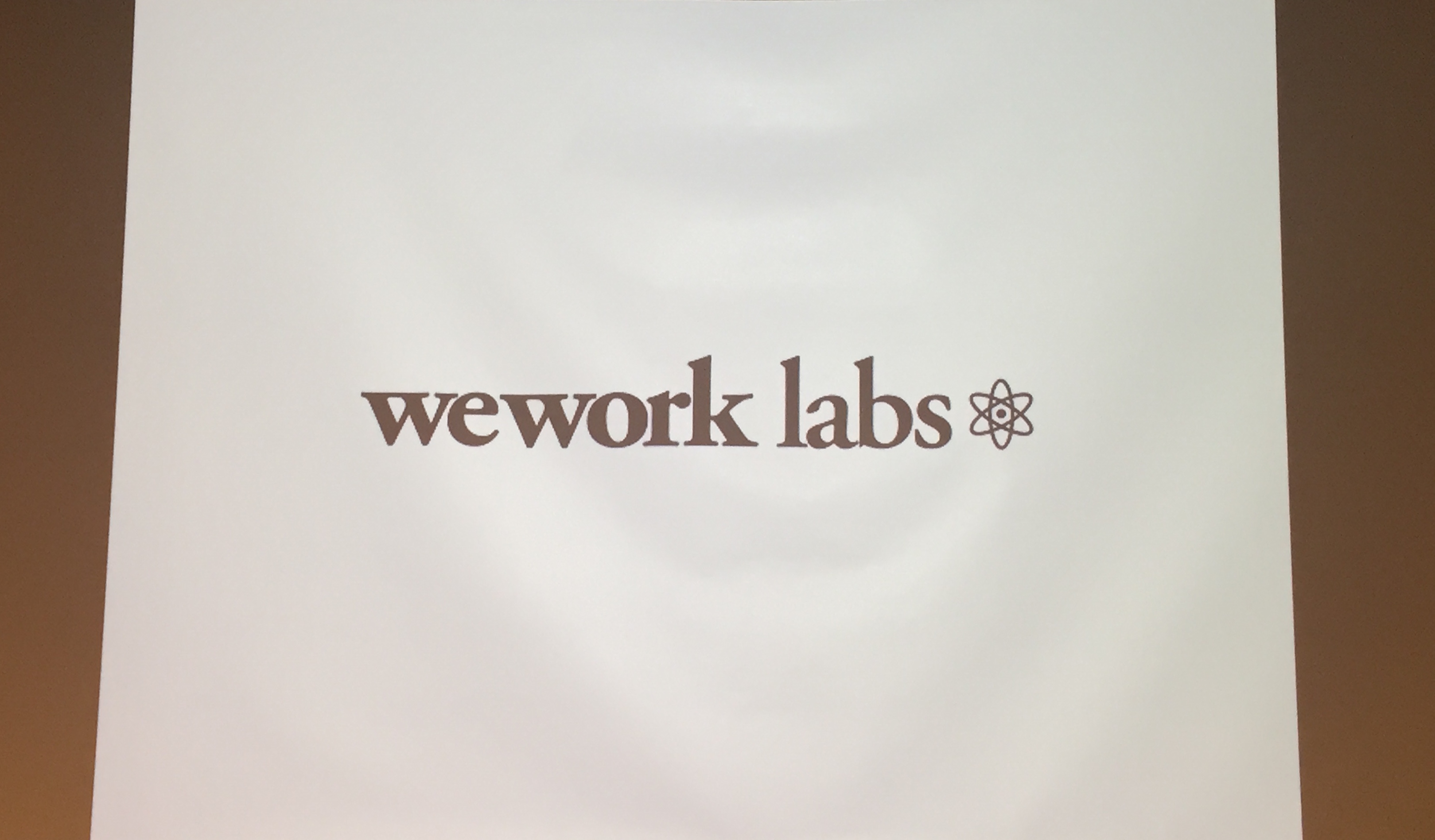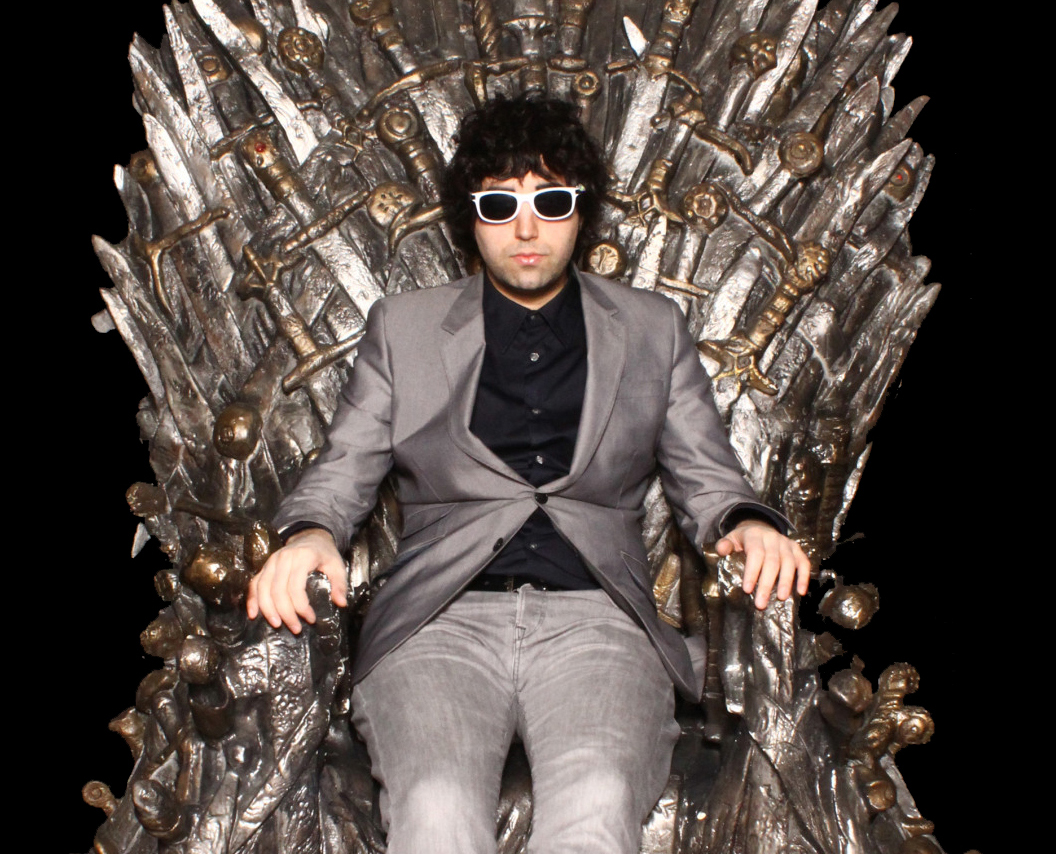I often compare my job at the IPG Media Lab to an A&R man scouting bands for a record company. The classic old-school A&R pitch is “I’m gonna make you a star kid,” but for me the pitch goes something like “I love your startup and I want to put you in front of Chrysler.” Or maybe it’s Tesco, Hyundai, or MillerCoors.
Just as hundreds of bands descend on SXSW in hopes of cutting through the noise, hundreds of startups now do the same for SXSW Interactive. Sure we saw plenty of technologies we could live without, but there were also a number of great companies pitching in the Accelerator competition or hidden in the corners of the expo hall. Here are six of our favorites from this year that we think brands and marketers need to know about.
1. PAR Works.
An augmented reality company that offers precision at the millimeter level, PAR Works has a self-service platform that allows you to tag any object, product, or building by uploading photos from different angles to create a 3D model. Users can then take a photo of that object to trigger an augmented reality overlay that can include video assets, additional information, links and more. For marketers this means consumers can take photos of a building to get a discount offer inside or take a photo of any product in store to learn more about it or get a special deal.
Why we like it: AR technology often does not live up to its promise, but PAR Works precision separates them from the pack. Enabling theoverlays through a photo is also compelling given the rise of image sharing.
Content not available.
Please enable ADDITIONAL COOKIES from settings
2. Jifiti.
An app that lets you scan and buy a gift in store and instantly send a notification to a giftee’s phone to redeem in any of the store’s locations. Users can also create a list of items they want, which friends can access and purchase regardless of whether they’re in-store. Jifiti’s ecosystem already includes retailers like Old Navy, Crate & Barrel, Barnes & Noble, Sephora, William Sonoma, and Brookstone.
Why we like it: Jifiti provides the thoughtfulness of a physical gift with the flexibility of a gift card as recipients can redeem another item of equal or lesser value. With mobile shopping on the rise, Jifiti’s stock will likely increase in the coming years.
Content not available.
Please enable ADDITIONAL COOKIES from settings
3. AuManil.
In Inuit Mythology “Aumanil” (pronounced au-MAHN-EL) is the god that controls the movement of whales, and fittingly AuManil bills itself as “Whale Management for Online Games.” The startup helps you analyze and manage high spending gamers within your games, and also provides risk assessment to help re-engage players that may be on their way out the door. While the company is getting its start with gaming, look for it to conquer whales in other seas in the near future.
Why we like it: 1% of consumers are often responsible for over 50% of a company’s revenue. AuManil not only identifies these high value customers, they give you action steps to engage them.
Content not available.
Please enable ADDITIONAL COOKIES from settings
4. Cord.
Cord provides the music technology for Marvel’s Project Gamma, which was unveiled as SXSW as a new interactive way of experiencing music for comic books on tablets. By layering musical stems that are triggered by the pace of readers as they scroll through the comic, Cord synchronizes sound with action in a novel way. While Cord already handles sonic branding for a variety of large brands, this new technology has great implications for what’s possible with sound in tablet advertising.
Why we like it: Cord has figured out a way to make audio interactive in a complementary way that does not distract from the digital experience. Anyone interested in digital storytelling should take note.
Content not available.
Please enable ADDITIONAL COOKIES from settings
5. SnapTrends
SnapTrends lets you monitor social media discussions by micro geo-location across a variety of channels. For example you can view the social media buzz across multiple channels at a specific building or sports arena, and measure volume, mood, and sentiment. The Austin startup was born as a way for local government to monitor social media discussion in areas devastated by brushfires as power outages rendered social media the only way of communicating with people in harms way.
Why we like it: A very small percentage of social media is actually geo-tagged, but SnapTrends technology uses natural language processing to discern location whether or not location-services are enabled.
Content not available.
Please enable ADDITIONAL COOKIES from settings
6. Higi
Higi makes quantified self in-store hardware as well acompanion app that measures basic health and wellness (a person’s “Higi Score” contains components like Body Mass Index, blood pressure, pulse, diet, and sleep). The company caters to what it calls the “Pre Quantified-Self” audience, and already has hardware units in CVS and Kmart in the Midwest. Surprisingly, Higi named hip-hop star Lupe Fiasco as its Creative Director, a clear indication that it’s angling for mainstream adoption.
Why we like it: But most exciting, it’s partnering with a variety of QS players and may eventually create a unified ecosystem that pulls data from a variety of existing QS devices. We’d love to see the day that Nike Fuelband and Fitbit users compete with each other.







